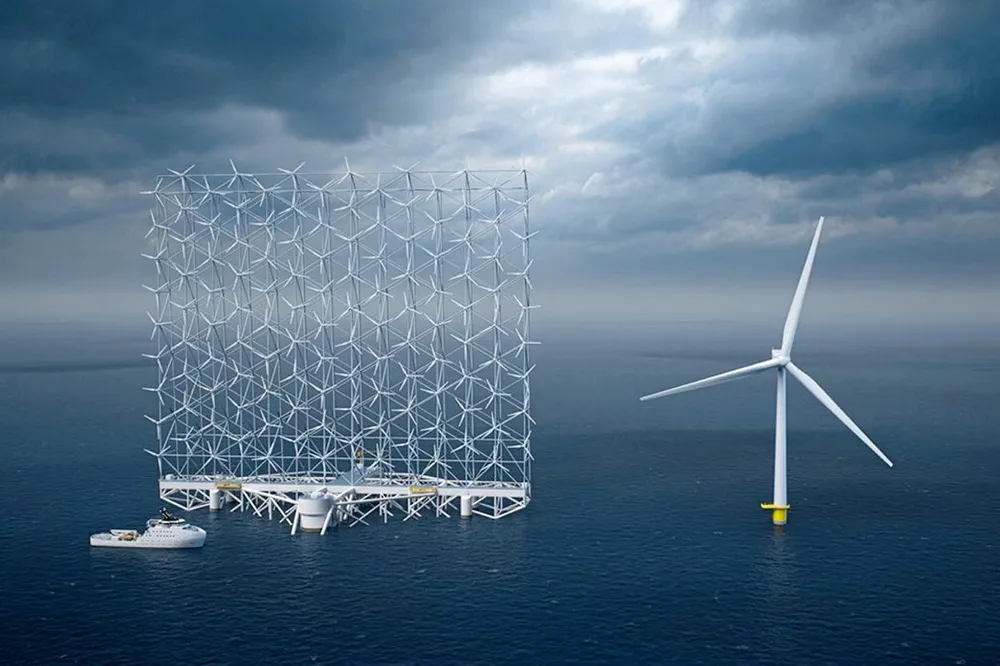Futuristic floating 'wall of wind turbines' gets boost ahead of planned offshore debut
Windcatcher design based on towers of 1MW turbines is claimed to offer more than double the efficiency of traditional three-blade models

A futuristic floating offshore wind design that envisages generating 40MW of power from a giant structure of small turbines has won certification from global classification agency DNV.
Norwegian start-up Wind Catching Systems' (WCS') approval for its Windcatcher design was hailed by Norwegian Offshore Wind as “great news” for the sector.
“This is an important milestone towards the construction our first commercial demonstrator unit,” WCS CEO Ole Heggheim is quoted as saying on Linkedin.
WCS has now started the process to secure a licence for a demonstrator project off the coast of Oygarden, an island municipality in Norway’s southwest.
The Windcatcher concept envisages building towers of 1MW turbines that WCS claims could capture 2.5-times more energy per square metre of wind flow than a traditional three-blade turbine design.
Although it has won certification for a 40MW model, WCS envisages units of up to 126MW capacity. This would it says generate “five times the electricity of a 15MW standalone turbine system in North Sea conditions and even more in certain high-wind locations around the world.”
Engineered for the ferocious winds found in Europe’s northern seas, the Windcatcher promises to drive down floating wind’s levelised cost of energy to €40-60/MWh ($48-72/MWh).
Each Windcatcher would be connected to an integrated substation in a “mother vessel” connecting all units and exporting power to land.
There would also be the potential to adapt the field-level concept to a Power-to-X design for hydrogen production.
(Copyright)